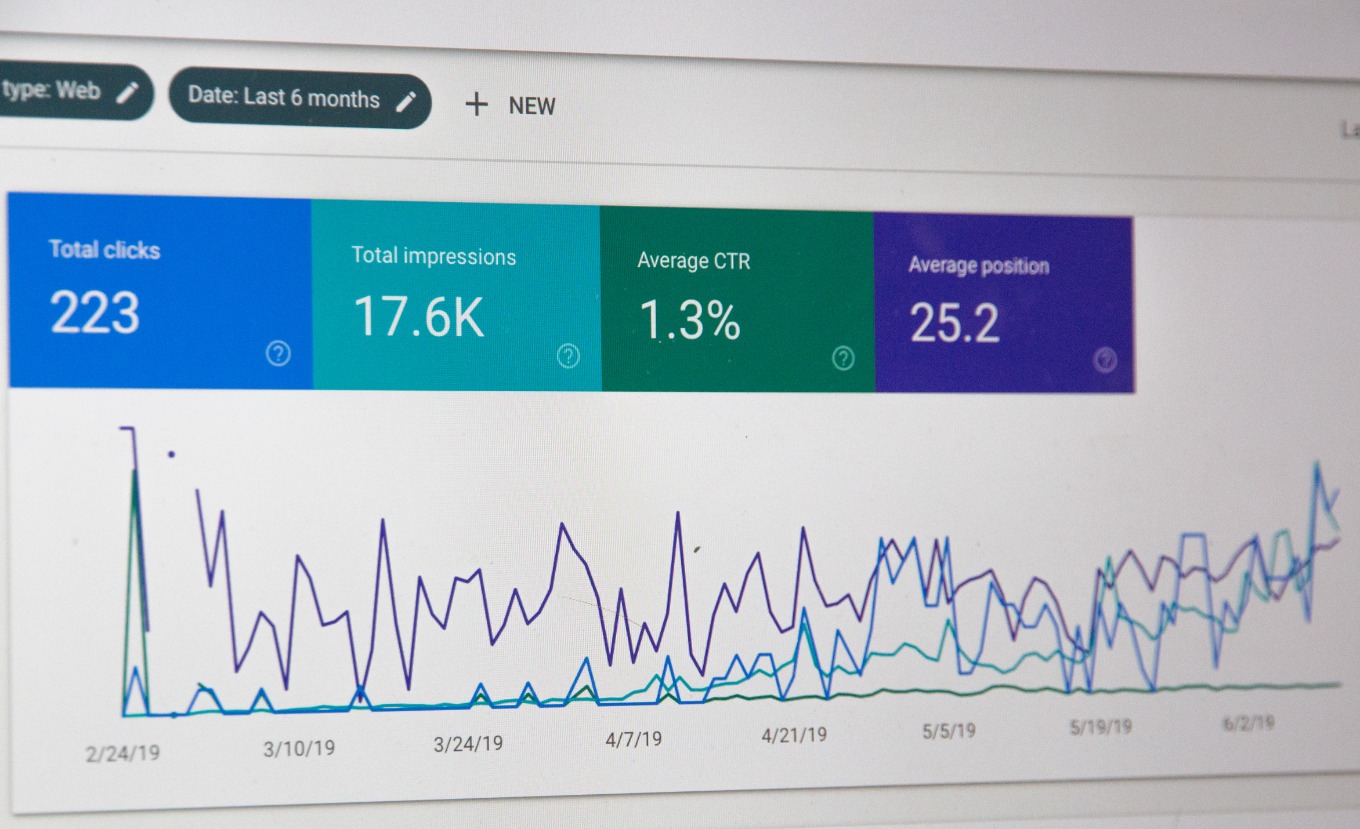The Future of Debt Recovery Services in California: Predictions and Emerging Trends
Debt recovery is an industry that’s as dynamic as it is essential. In the state of California, this industry has recently undergone a slew of changes, both regulatory and technological. These changes have inevitably influenced the way debt recovery services function, and offer a glimpse into their future trajectory.
One of the prime movers in this evolution can be attributed to the advancements in technology. Artificial Intelligence (AI) and Machine Learning (ML), two behemoths of the modern tech revolution, have begun to shape debt recovery processes. By utilizing AI and ML, debt recovery services are now able to predict defaulters, assess risk, and personalize recovery strategies.
These technologies utilize algorithms that study patterns, behaviors and financial trajectories, thereby enabling the prediction of potential defaulters. This is a significant leap from traditional methods that relied on the creditor's intuition and experience. Moreover, risk assessment, a process that involved reviewing credit history and financial behavior, is now greatly streamlined. This is thanks to the application of ML techniques that can evaluate vast amounts of data in real time.
Then there is the use of AI in formulating personalized recovery strategies. Before this, the recovery process was often invasive, generalized and lacked a human touch. Now with AI, a debtor's financial situation and history can be studied to come up with a customized plan, making the process more humane and effective.
Another pivotal change is the shift in regulatory landscape in California. The Fair Debt Collection Practices Act (FDCPA) and the Rosenthal Fair Debt Collection Practices Act (RFDCPA) have always been the cornerstone of debt recovery services. However, with the introduction of the California Consumer Privacy Act (CCPA) in 2020, things have become more intricate.
The CCPA grants consumers an unprecedented control over their personal information. This poses an interesting challenge for debt recovery services, as they have to balance their need to gather information with the consumer's right to privacy. It requires them to be tactful, cautious, and compliant while collecting data.
The rise of data analytics has a significant role to play in the future of the industry, too. Analytic tools can provide insights into a debtor's ability to pay, the best time to contact them, and the most effective communication channels. This data-driven approach can potentially increase the efficiency of the recovery process.
Looking at the future, one could argue that the blend of regulatory shifts and technological advancements may also transform the public perception of the industry. As the processes become more transparent, personalized, and respectful of privacy, the negative stigma associated with debt recovery could diminish. This could lead to a more cooperative relationship between consumers and debt recovery services, ultimately benefiting both parties.
In terms of speculative trends, the integration of blockchain technology into debt recovery services could be a potential game-changer. Given its decentralized, transparent and immutable nature, blockchain could streamline debt recovery by providing clear records of transactions, agreements, and repayments.
It is also worth noting, however, that each technological advancement has its trade-offs. AI and ML, for example, require large amounts of data to function effectively, which could potentially infringe on privacy rights. The successful application of these technologies, therefore, hinges on finding a balance between efficiency and privacy.
In conclusion, while the future of debt recovery services in California is multifaceted and evolving, it promises a harmony of technology and law. A future where the process is more transparent, efficient, and respectful of consumer rights. A future where the industry could potentially shed some of its negative perceptions and be seen as a necessary and effective part of financial services.
Artificial Intelligence (AI) and Machine Learning (ML), two behemoths of the modern tech revolution, have begun to shape debt recovery processes.






